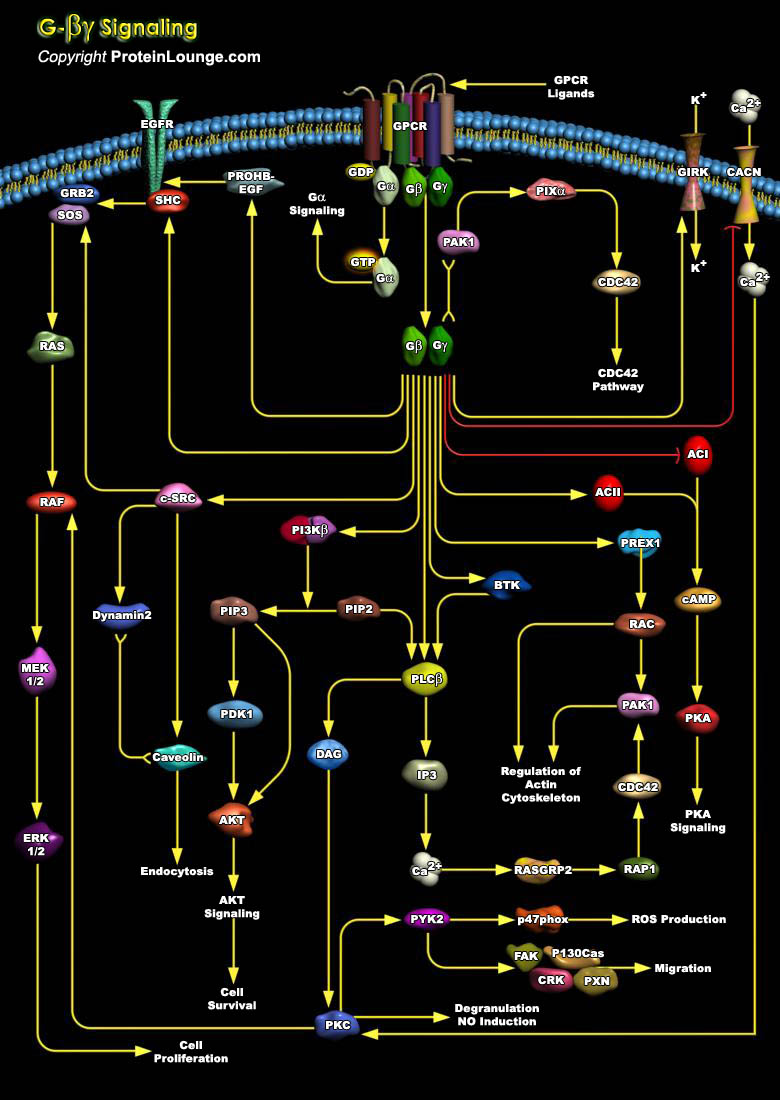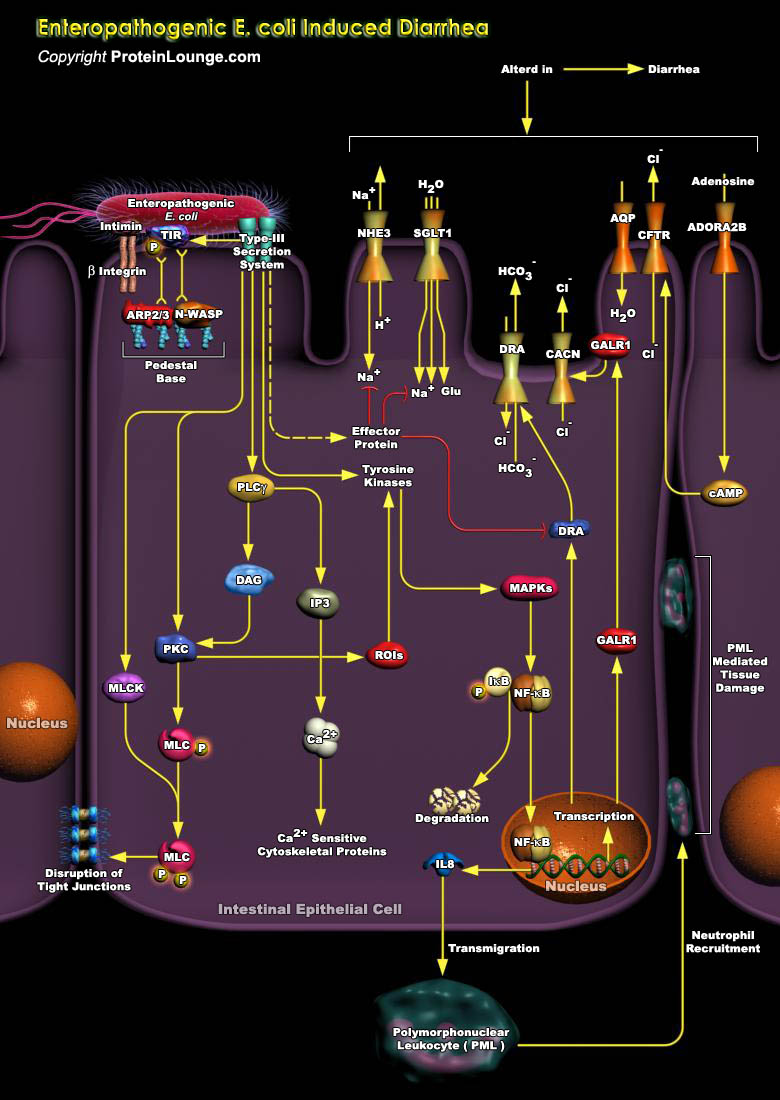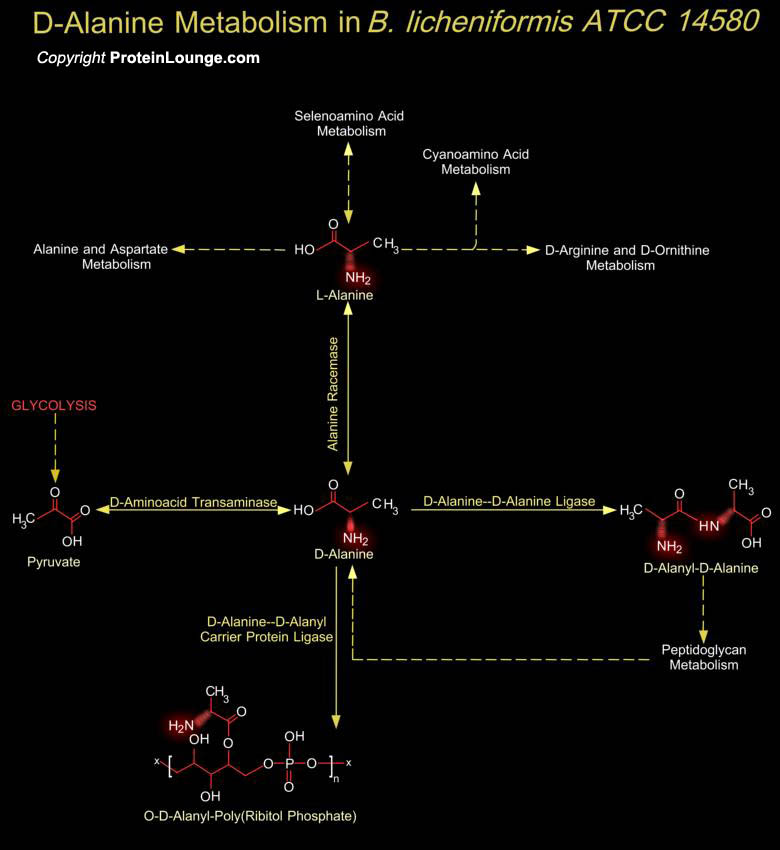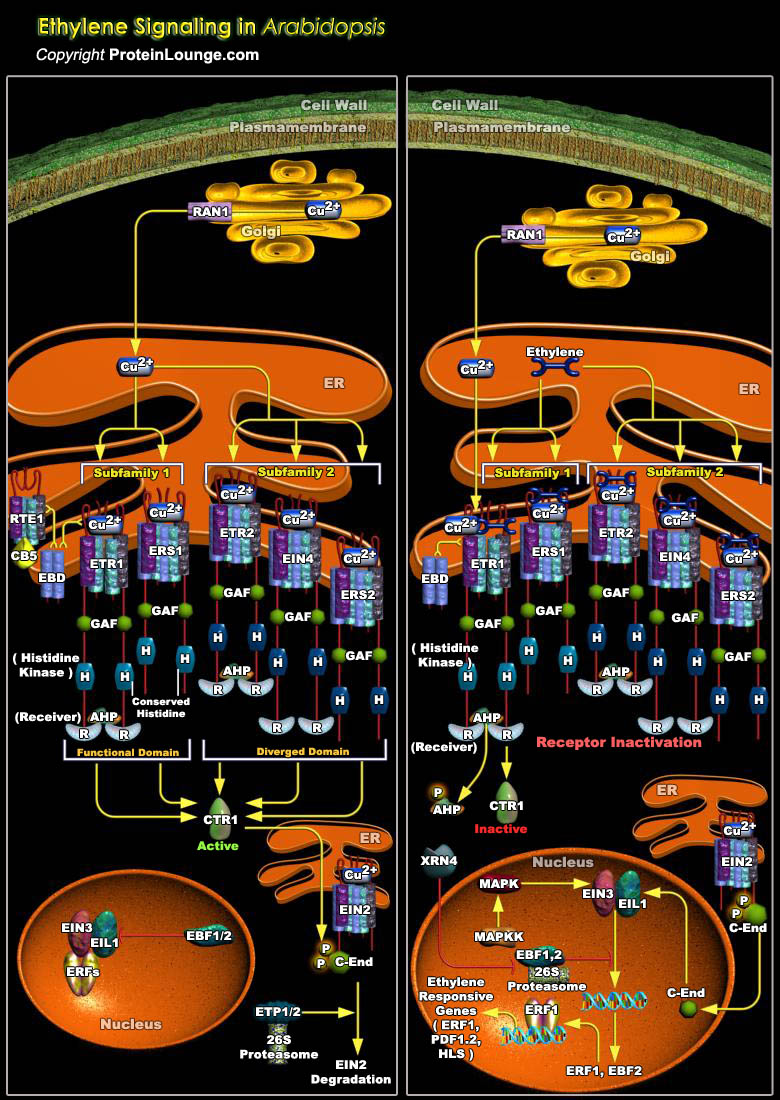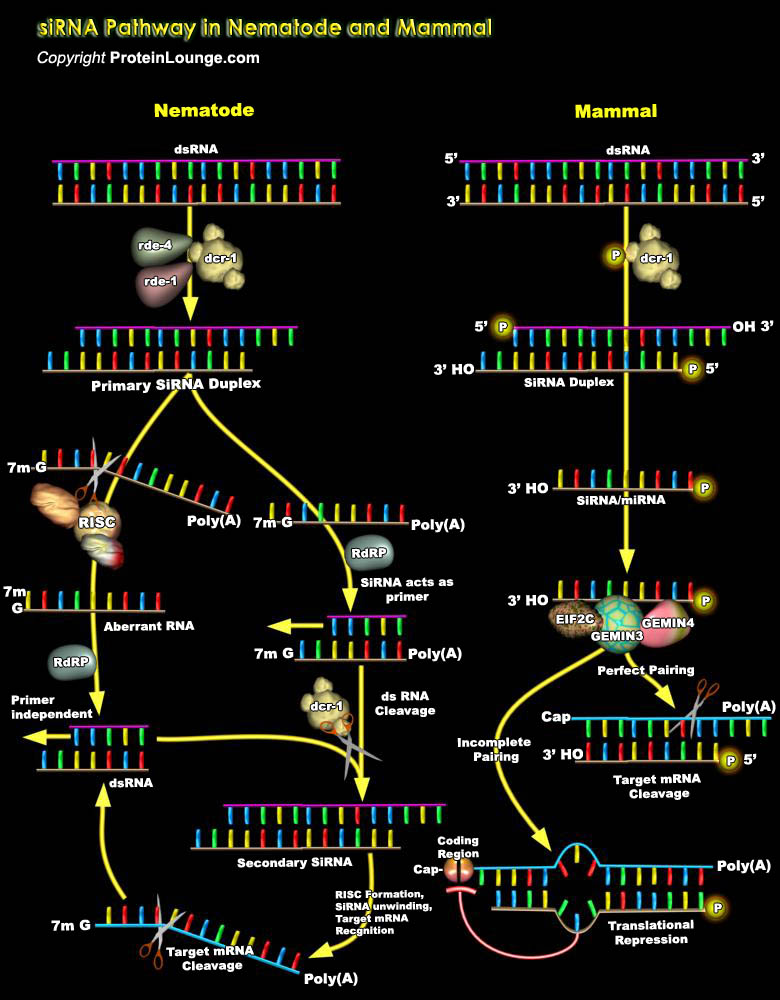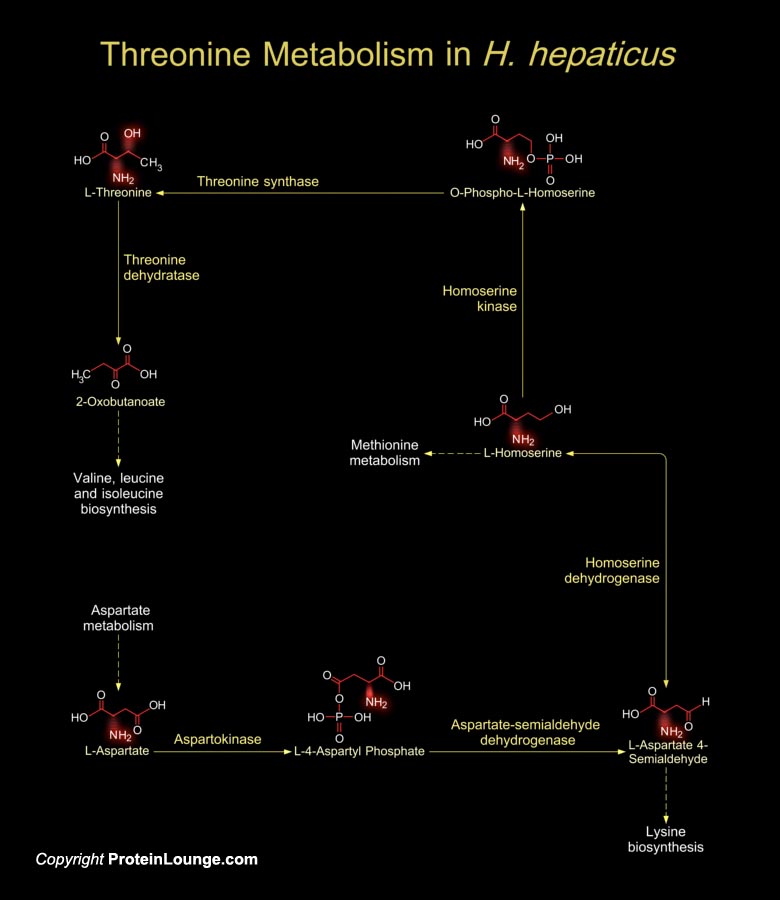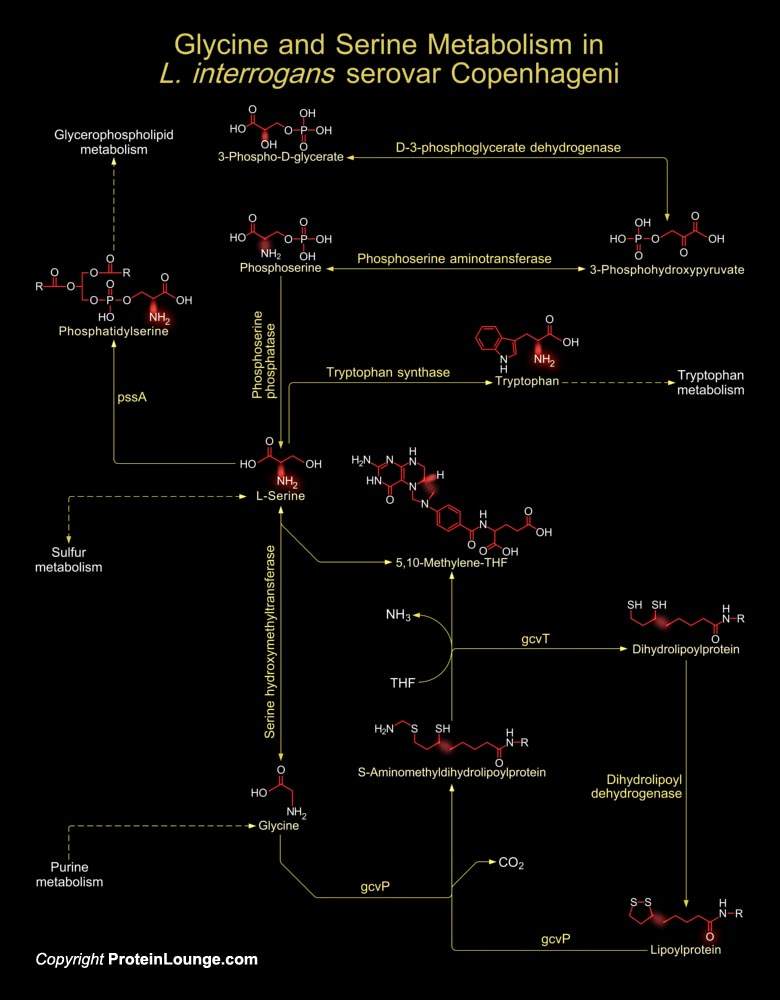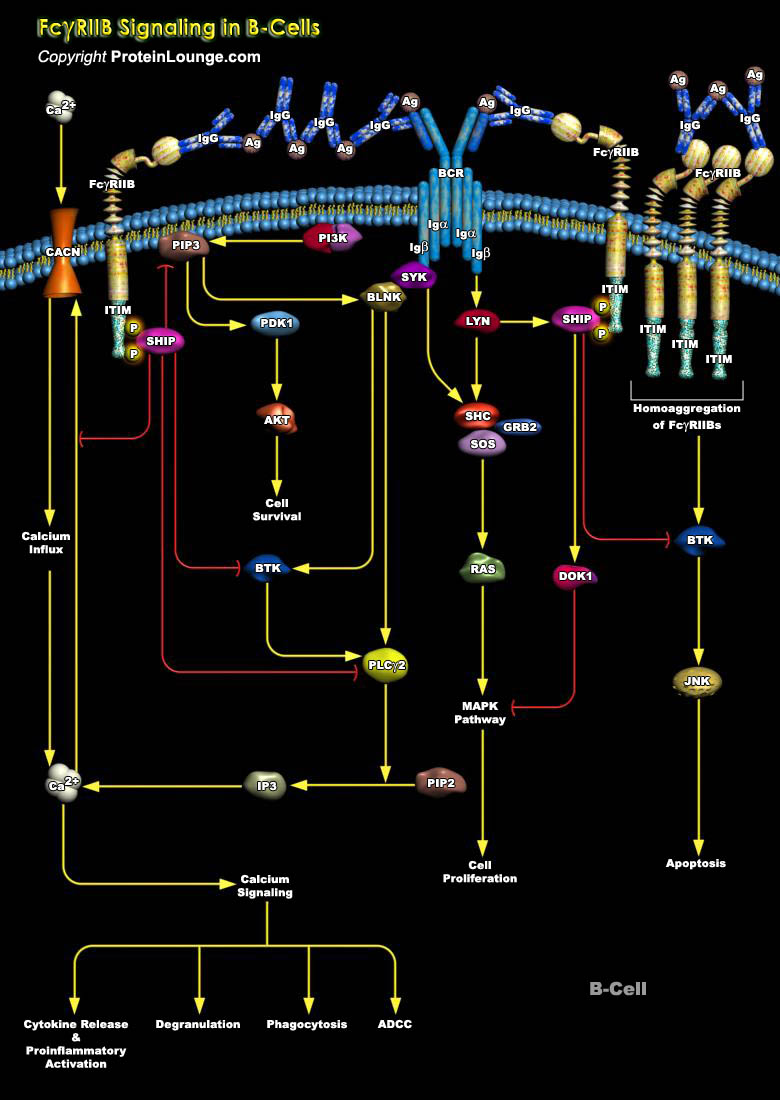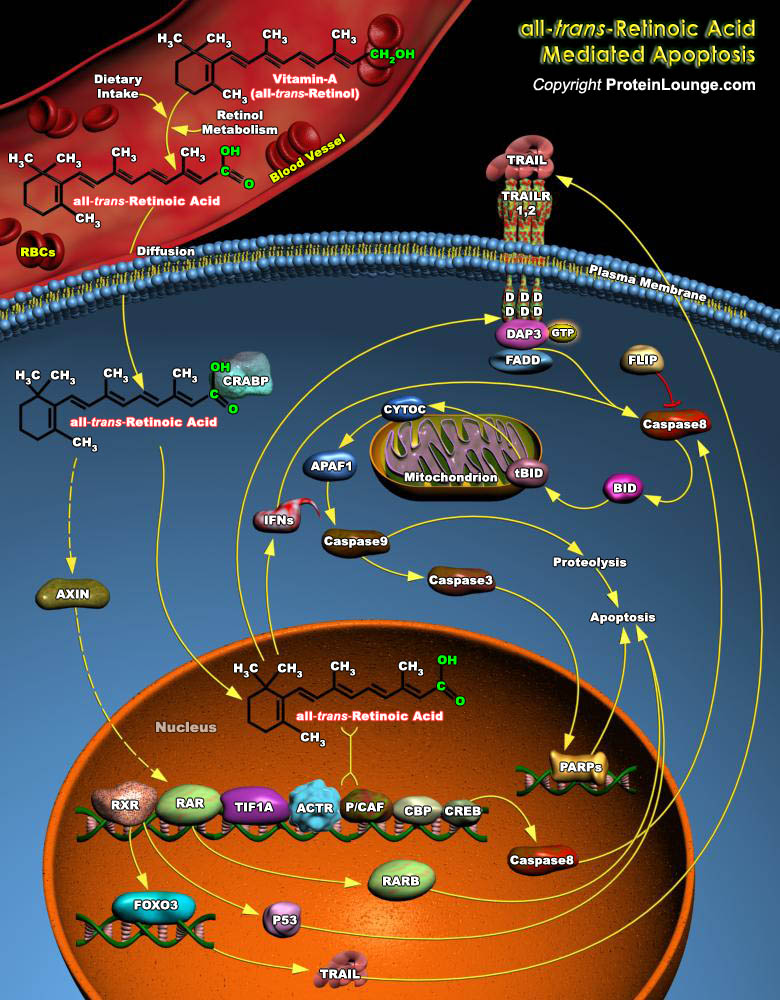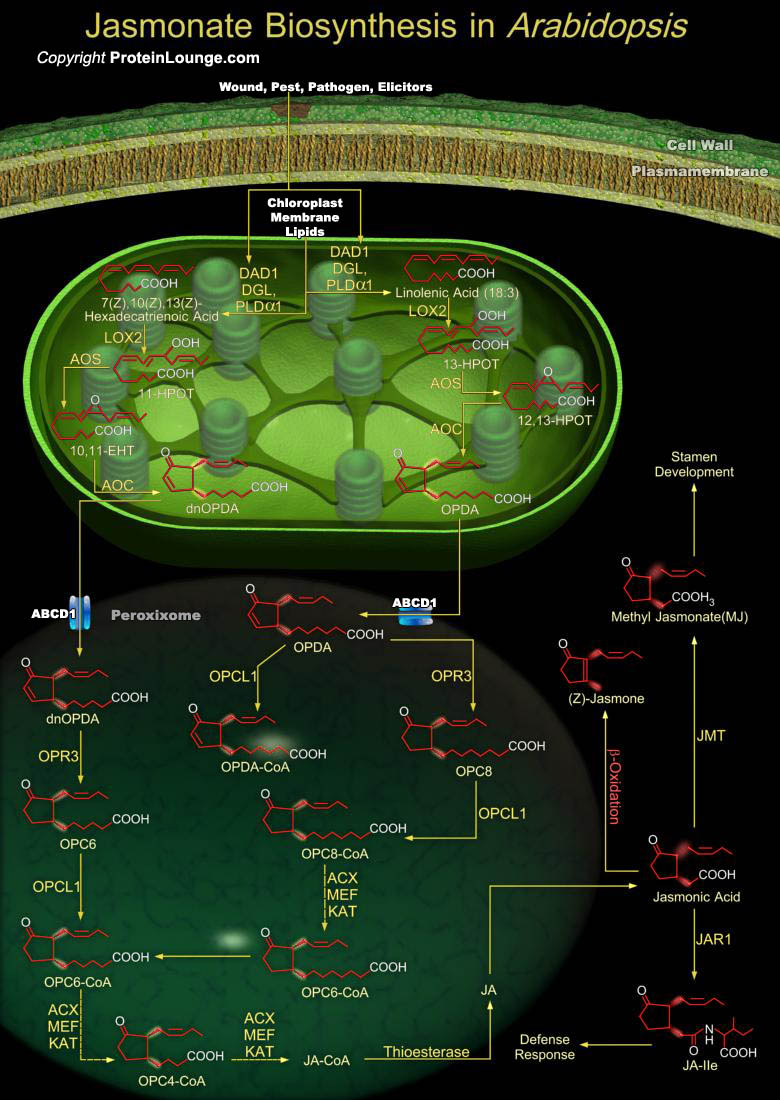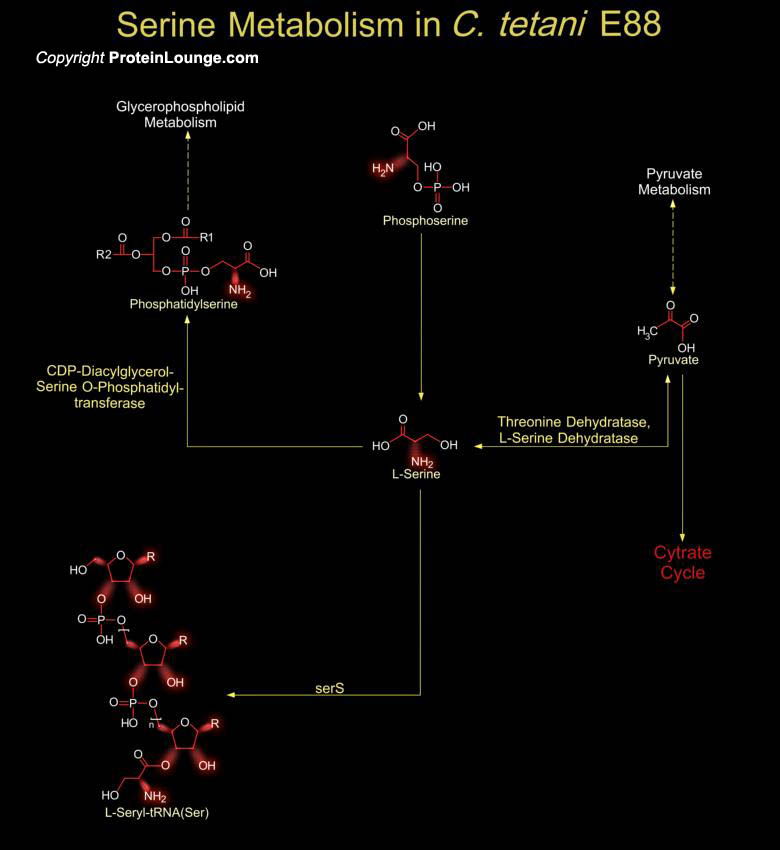Featured Pathways
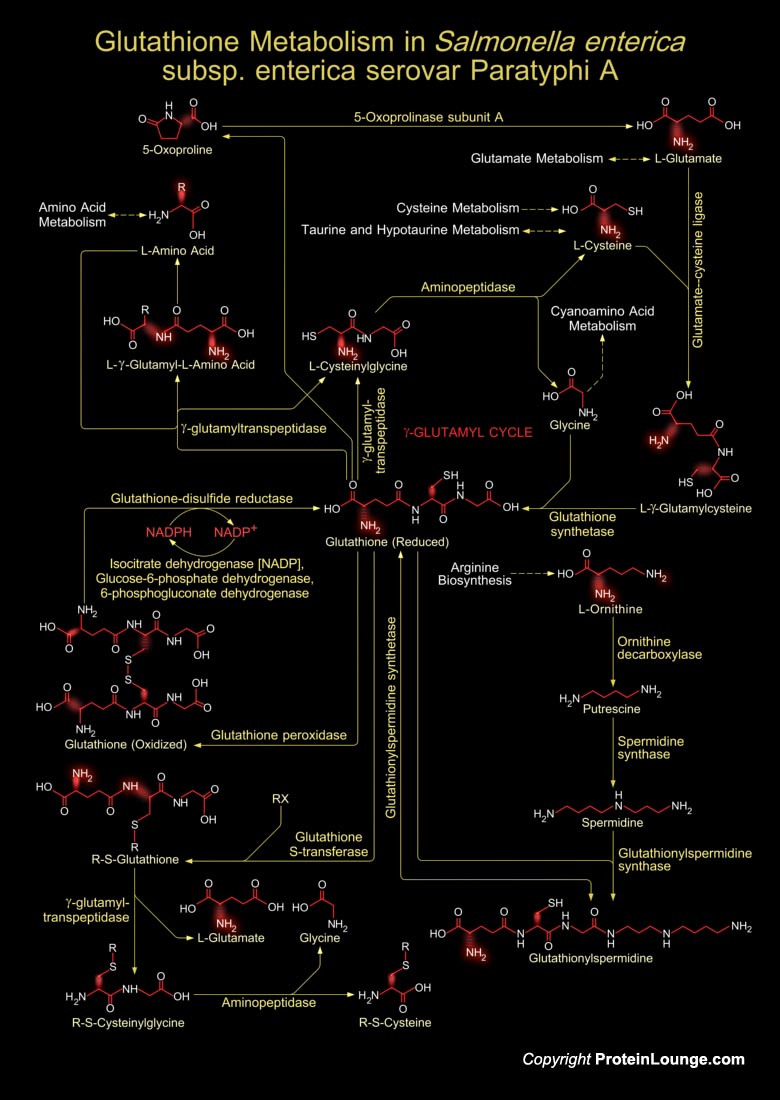
Salmonella enterica subsp. enterica is a subspecies of Salmonella enterica, the rod-shaped, flagellated, aerobic, Gram-negative bacterium. Many of the pathogenic serovars of the S. enterica species are in this subspecies, including that responsible for typhoid. Salmonella is classified into >2500 serovars. Among the >2500 Salmonella serovars, several serovars have been[..]
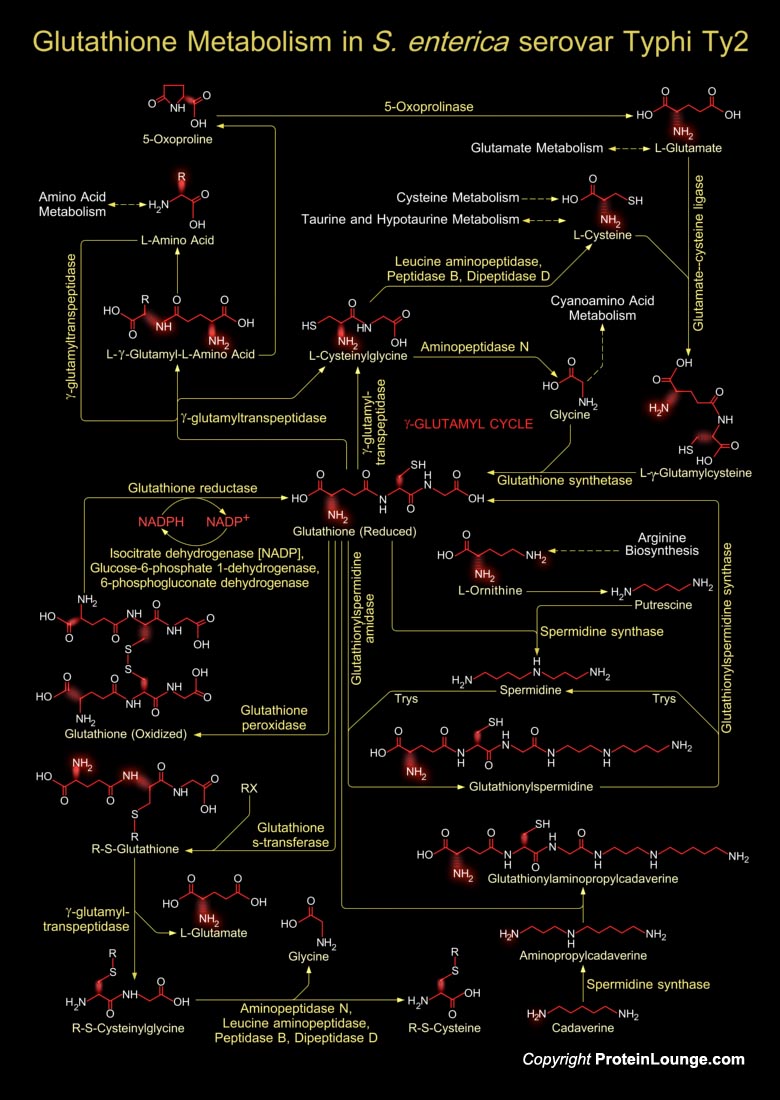
Glutathione is a sulfhydryl (-SH) antioxidant, antitoxin, and enzyme cofactor. It is ubiquitous in animals, plants, and microorganisms, and being water soluble is found mainly in the cell cytosol and other aqueous phases of the living system. It cannot enter most cells directly and therefore must be made available inside the cell from its three constituent amino acids: Glycine, Glutamate and[..]
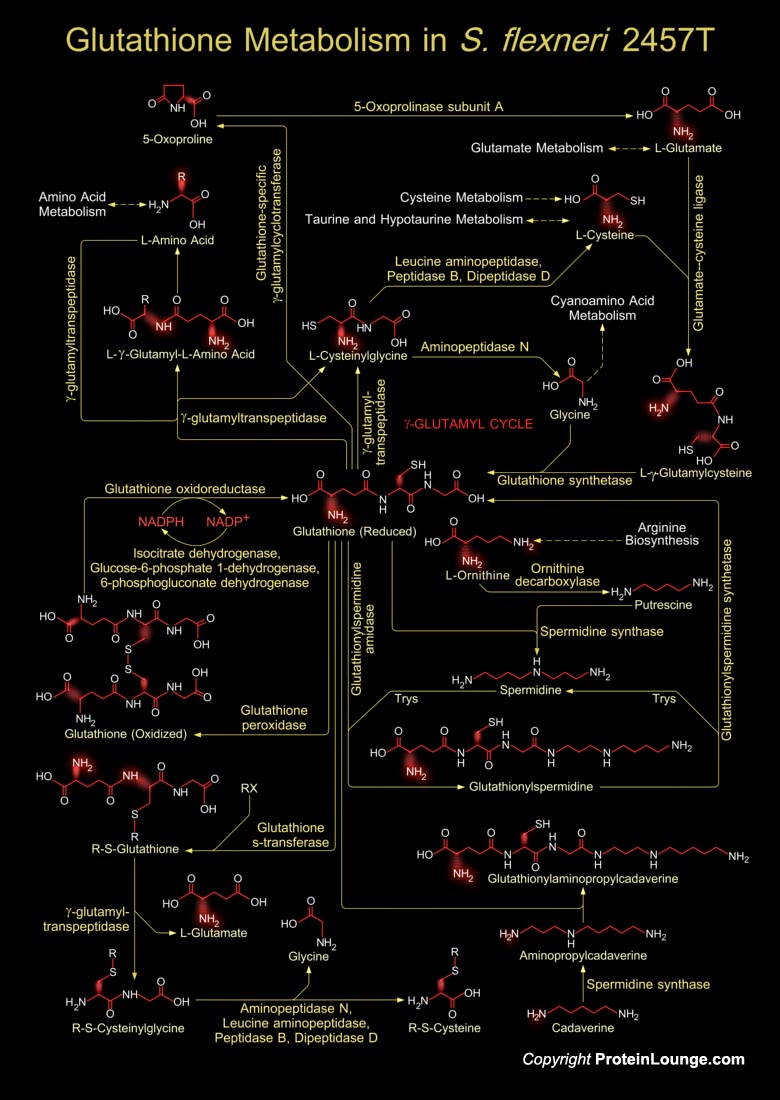
Shigella is a Gram-negative, non-sporulating, facultative anaerobic bacterium that causes Dysentery or Shigellosis in man. Shigella is highly invasive in the colon and the rectum, and is able to proliferate in the host cell cytoplasm, triggering an inflammatory reaction. The strain S. flexneri 2457T harbors four plasmids, which remains to be completed. Glutathione metabolism in Shigella occurs[..]
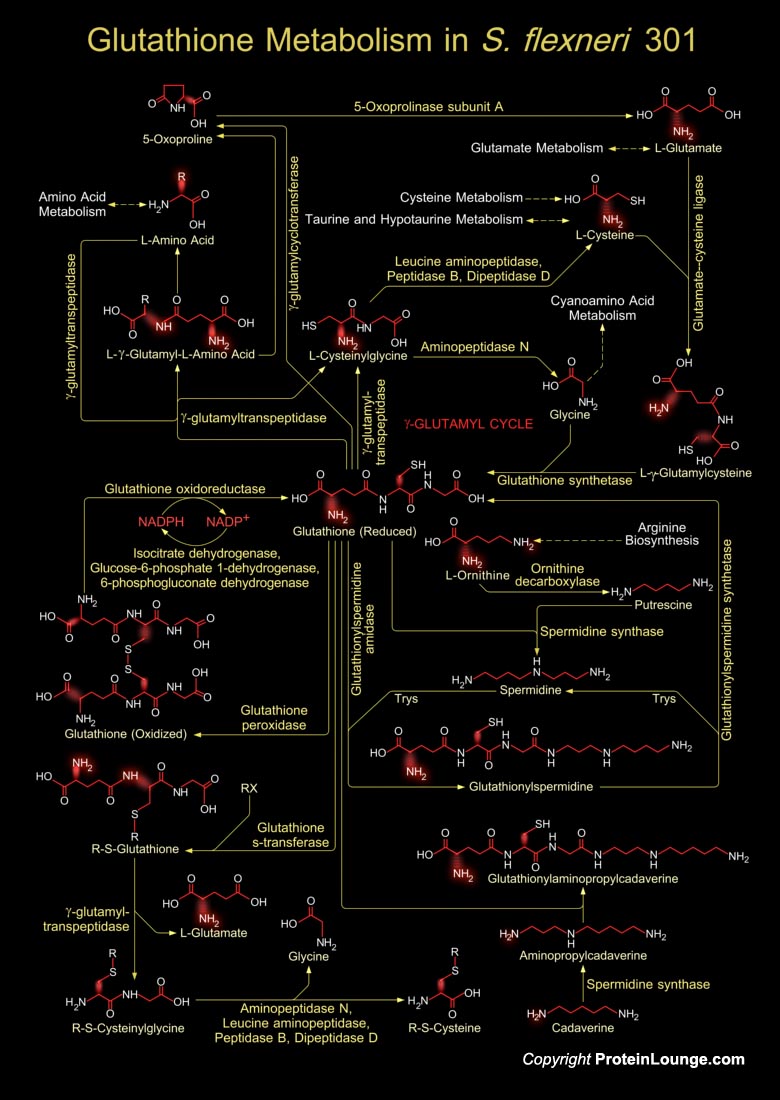
Shigella is a Gram-negative, non-sporulating, facultative anaerobic bacterium that causes Dysentery or Shigellosis in man. Shigella is highly invasive in the colon and the rectum, and is able to proliferate in the host cell cytoplasm, triggering an inflammatory reaction. S. flexneri 2a strain, 301 has been recently sequenced (Ref.1). Glutathione metabolism in Shigella occurs within cells in[..]
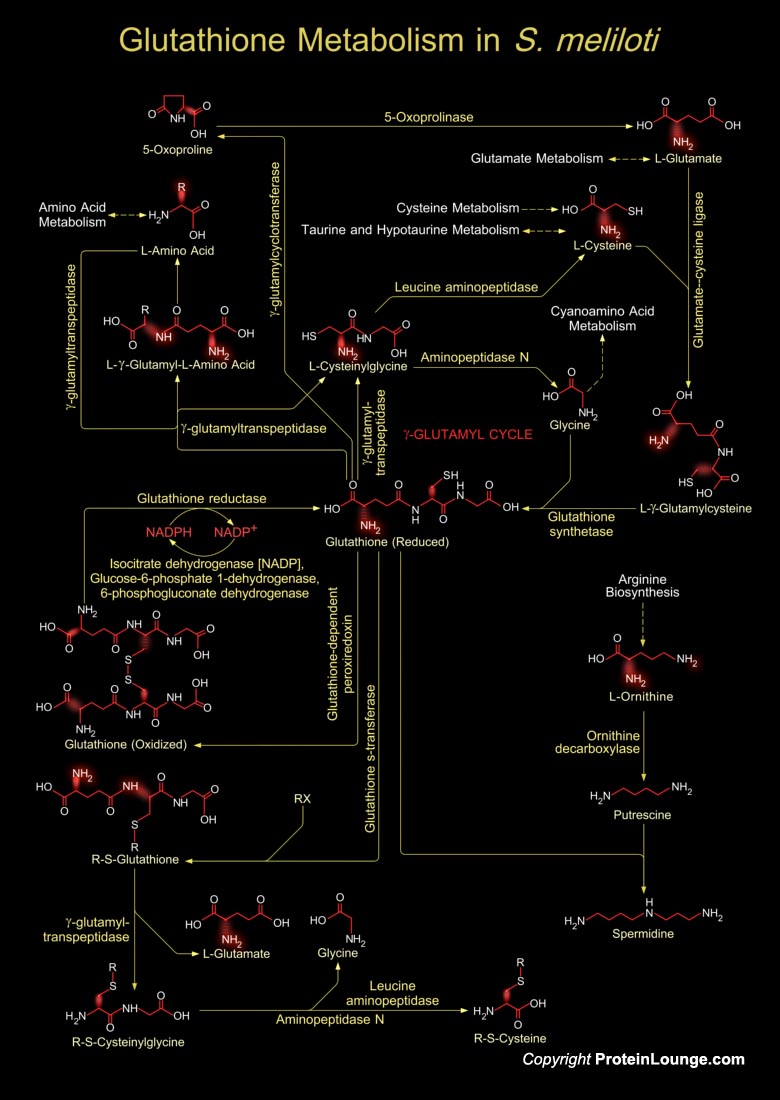
Glutathione is a sulfhydryl (-SH) antioxidant, antitoxin, and enzyme cofactor. It is ubiquitous in animals, plants, and microorganisms, and being water soluble is found mainly in the cell cytosol and other aqueous phases of the living system. Glutathione is a tripeptide composed of Glutamate, Cysteine and Glycine that has numerous important functions within cells. Glutathione is[..]
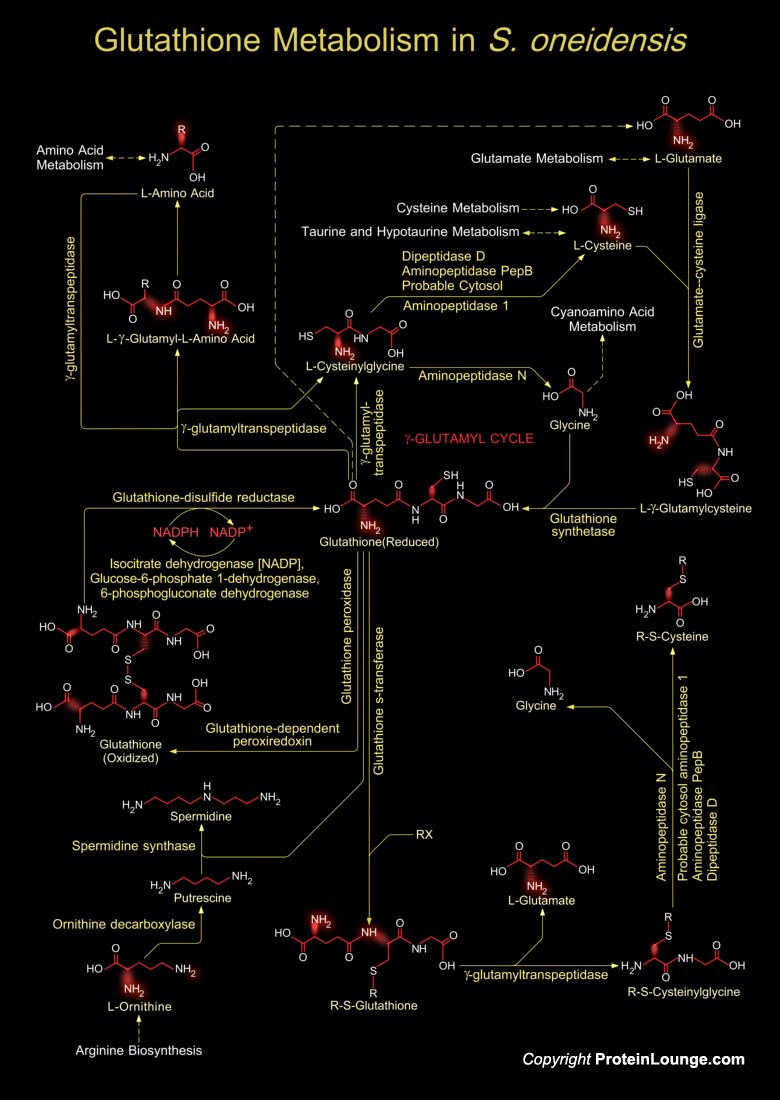
Shewanella oneidensis is a facultative aerobic Gram-negative bacterium. It uses oxygen as the terminal electron acceptor during aerobic respiration, but during anaerobic conditions, S. oneidensis undertakes respiration by reducing alternative terminal electron acceptors such as oxidized metals, fumarate, nitrate etc. The microbe can directly reduce both uranium and chromium[..]
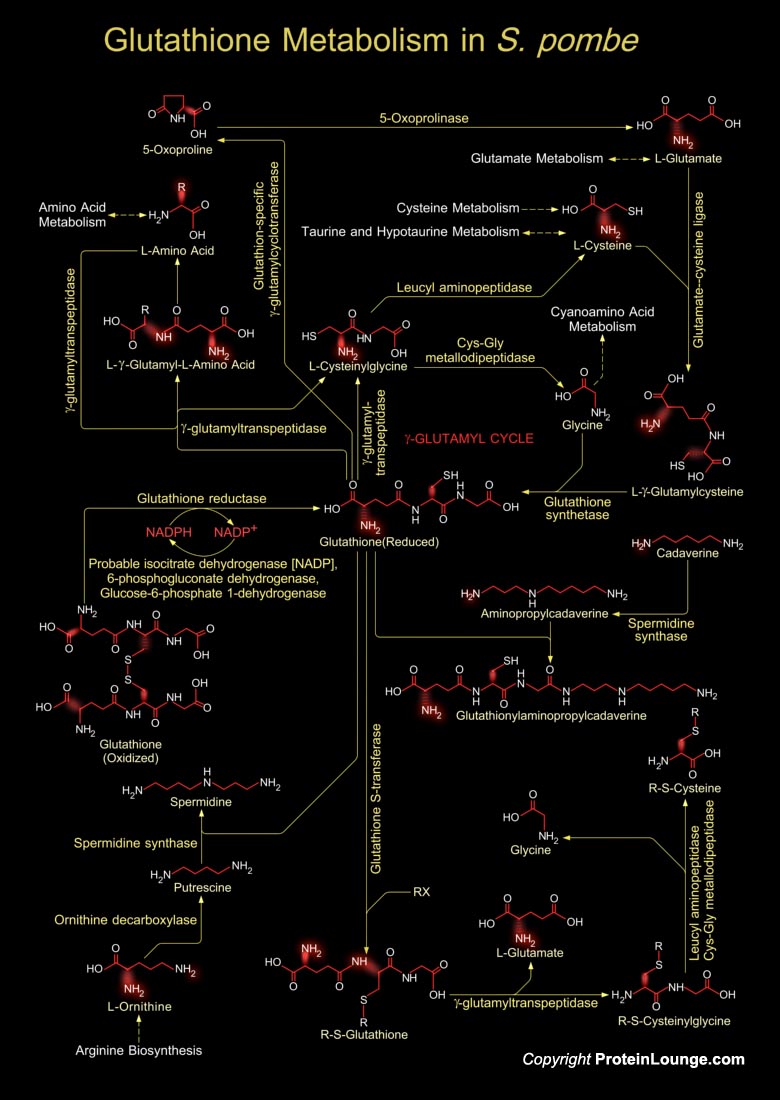
Glutathione is a sulfhydryl (-SH) antioxidant, antitoxin, and enzyme cofactor. It is ubiquitous in animals, plants, and microorganisms, and being water soluble is found mainly in the cell cytosol and other aqueous phases of the living system. It has been assigned several cellular functions, including protection against oxidative damage, maintenance of a reducing cellular thiol-disulfide[..]
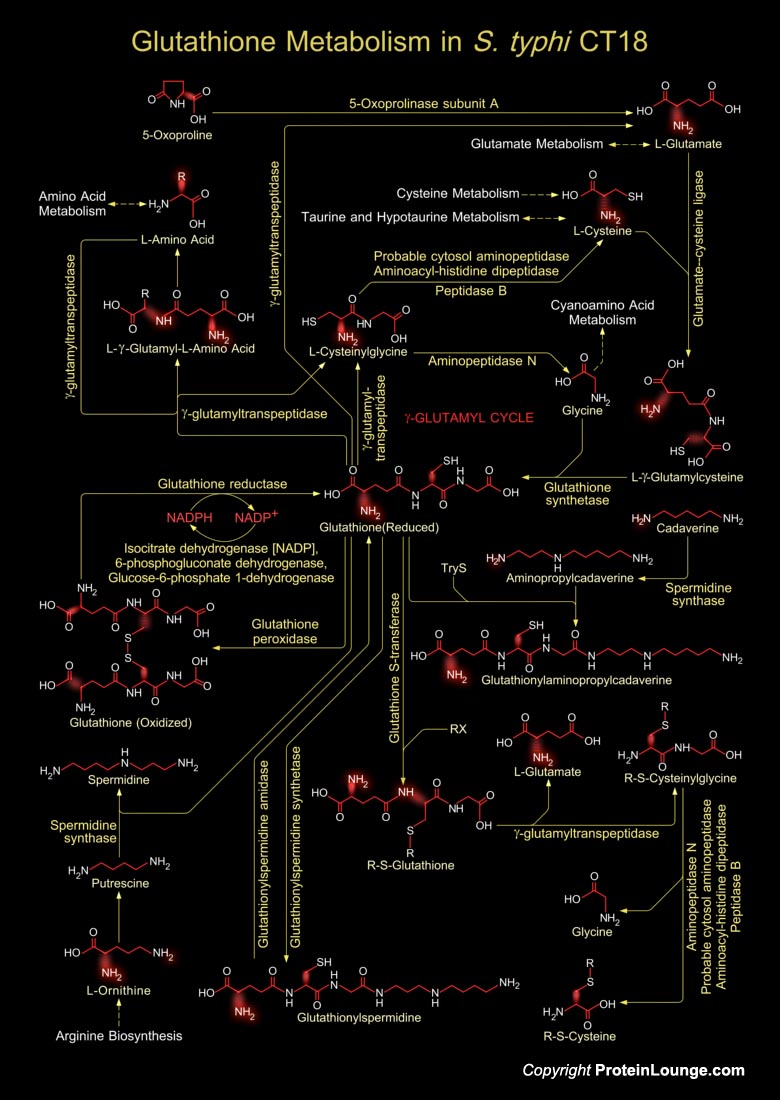
Glutathione is a sulfhydryl (-SH) antioxidant, antitoxin, and enzyme cofactor. It is ubiquitous in animals, plants, and microorganisms, and being water soluble is found mainly in the cell cytosol and other aqueous phases of the living system. It cannot enter most cells directly and therefore must be made available inside the cell from its three constituent amino acids: Glycine, Glutamate and[..]
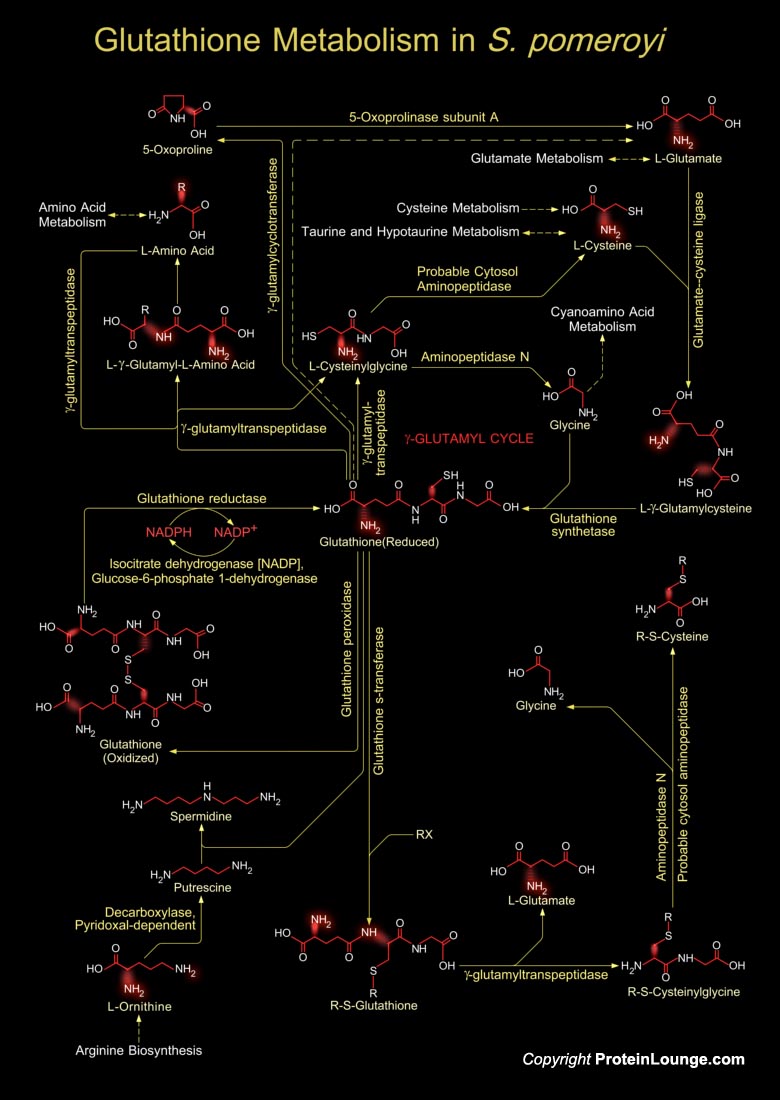
Glutathione is a sulfhydryl (-SH) antioxidant, antitoxin, and enzyme cofactor. It is ubiquitous in animals, plants, and microorganisms, and being water soluble is found mainly in the cell cytosol and other aqueous phases of the living system. Glutathione is a tripeptide composed of Glutamate, Cysteine and Glycine that has numerous important functions within cells. It is homeostatically[..]
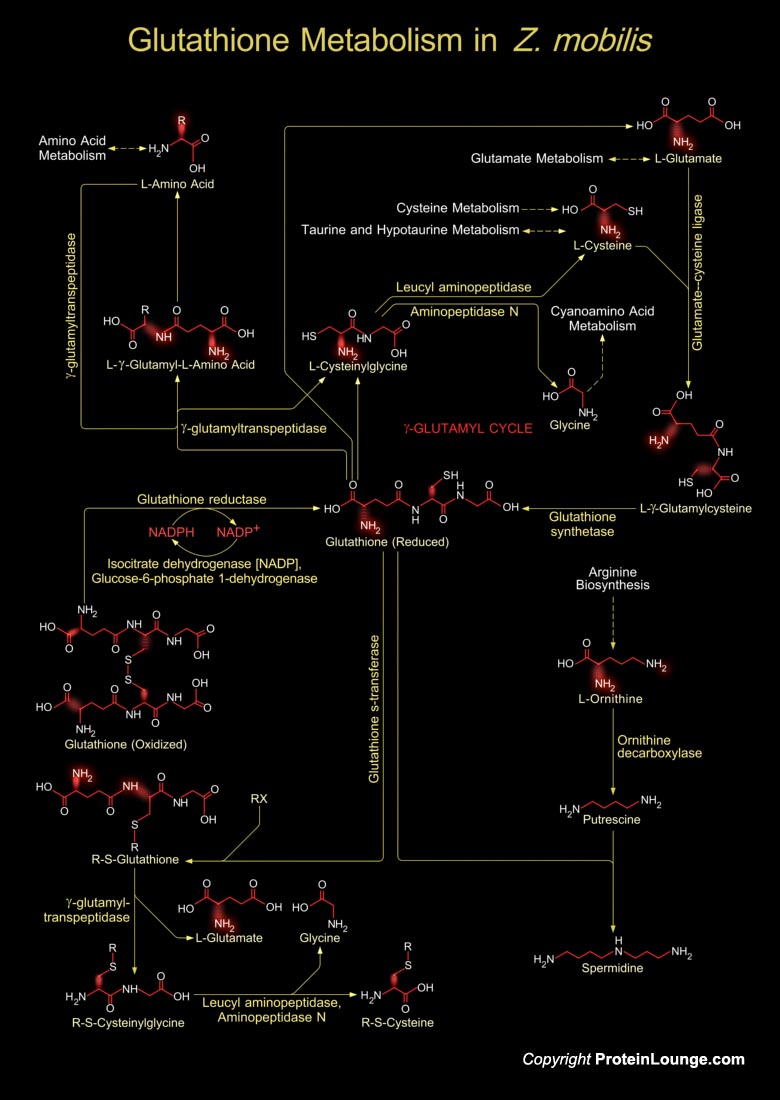
Zymomonas mobilis is an ethanologenic microorganism used for the production of fuel ethanol (Ref.1). Glutathione metabolism in Z. mobilis involves both the synthesis of Glutathione and its catabolism. Glutathione is a small molecule found in almost every cell. It cannot enter most cells directly and therefore must be made available inside the cell from its three constituent amino acids:[..]
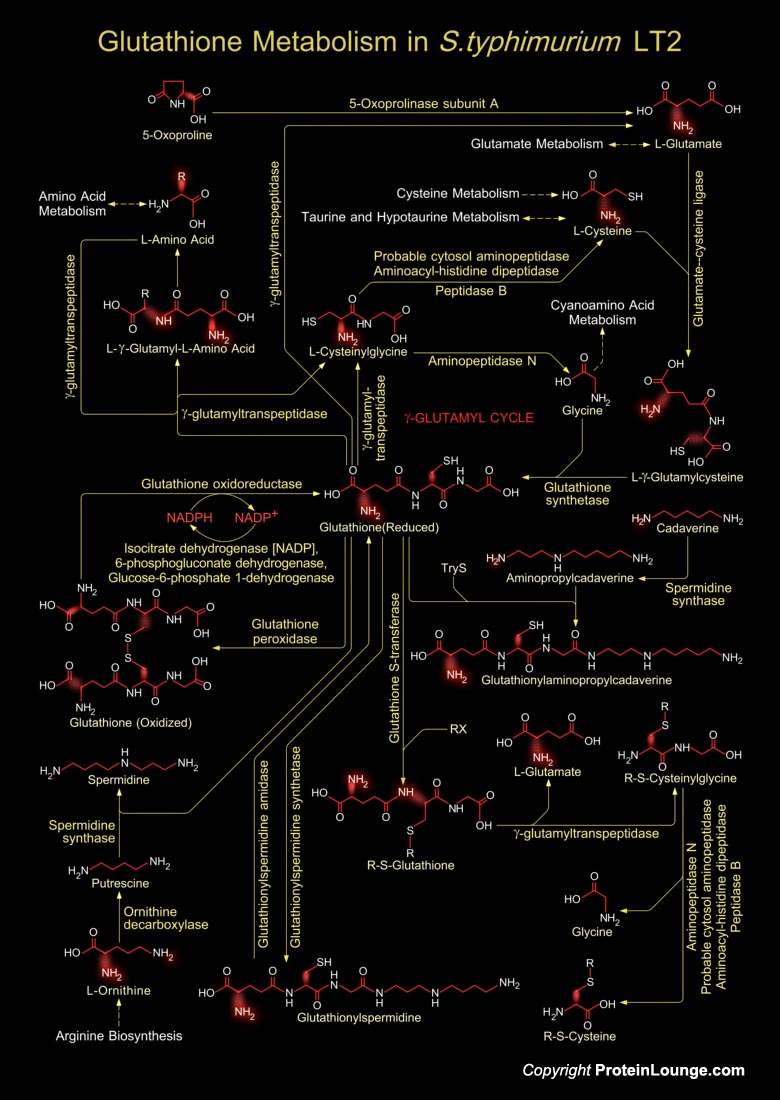
Glutathione is a sulfhydryl (-SH) antioxidant, antitoxin, and enzyme cofactor. It is ubiquitous in animals, plants, and microorganisms, and being water soluble is found mainly in the cell cytosol and other aqueous phases of the living system. It cannot enter most cells directly and therefore must be made available inside the cell from its three constituent amino acids: Glycine, Glutamate and[..]
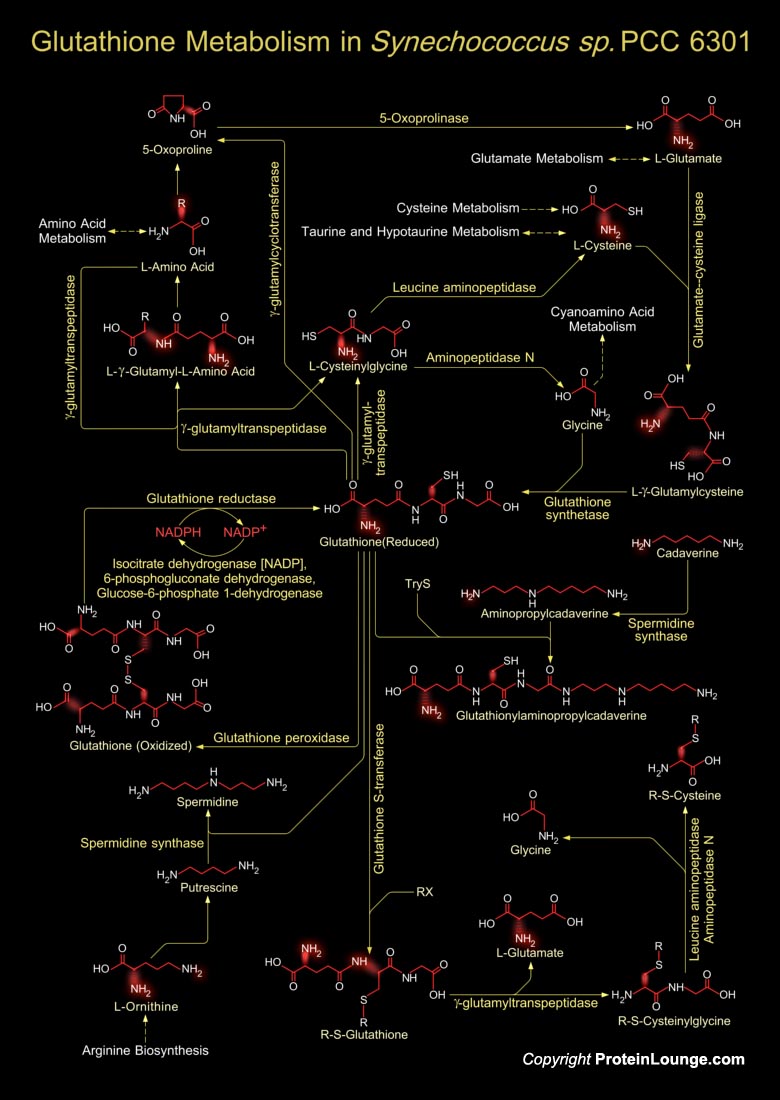
Marine unicellular Cyanobacteria of the Synechococcus group occupy an important position at the base of the marine food web. They are abundant in the world's oceans and as a result are major primary producers on a global scale and one of the most numerous genomes on earth. They have the ability to acquire major nutrients and trace metals at the submicromolar concentrations found in the[..]









